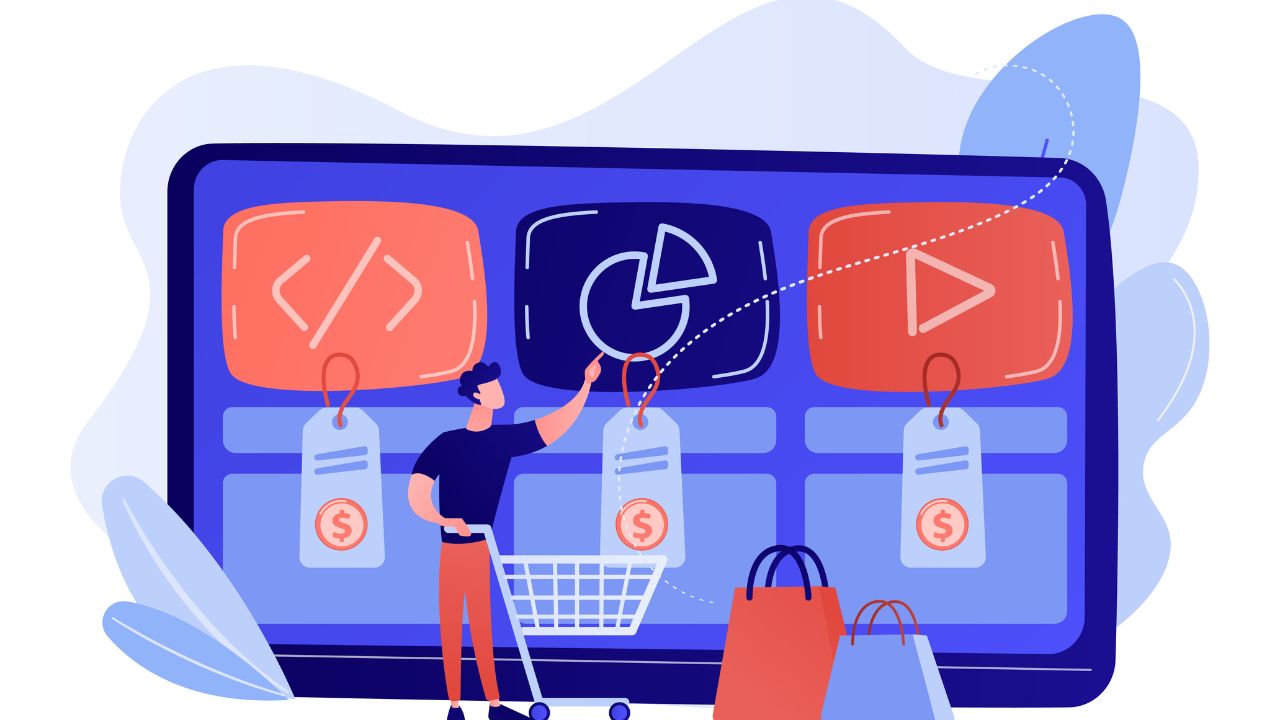When it comes to digital content licensing, understanding the differences between PLR (Private Label Rights), royalty-free, and private label products is crucial for entrepreneurs, marketers, and content creators. Each type offers distinct advantages and restrictions, making them suitable for different business needs. In this article, we’ll break down these three licensing models, helping you choose the best option for your projects.
Understanding PLR (Private Label Rights)
PLR, or Private Label Rights, refers to digital products that buyers can modify, rebrand, and resell as their own. These plr digital products often include eBooks, courses, templates, and articles. The key benefit of PLR is flexibility—users can edit the content, add their branding, and even claim authorship in some cases. However, PLR licenses vary, so it’s important to check the terms before using the material. Some PLR products may restrict resale rights or require attribution.
What Are Royalty-Free Products?
Royalty-free content allows users to pay once and use the product multiple times without additional fees. This model is common for stock photos, videos, music, and graphics. Unlike PLR, royalty-free products typically cannot be modified or resold. For example, purchasing a royalty-free image grants you the right to use it in marketing materials, but you cannot alter it significantly or sell it as your own. Royalty-free is ideal for businesses that need ready-to-use assets without customization.
Private Label Products Explained
Private label products are typically physical goods manufactured by a third party but sold under a buyer’s brand. This concept is common in e-commerce, where businesses source generic products, apply their branding, and sell them as their own. Unlike PLR, which deals with digital content, private labeling focuses on tangible items such as supplements, cosmetics, or apparel. The main advantage is the ability to build a brand without handling production.
Key Differences Between PLR, Royalty-Free, and Private Label
1. Modification Rights
- PLR: Allows extensive customization, including editing, rebranding, and resale.
- Royalty-Free: Minimal to no modification permitted; intended for direct use.
- Private Label: Applies mainly to physical goods; branding can be customized, but product changes depend on the manufacturer.
2. Resale Rights
- PLR: Often allows resale, sometimes with restrictions.
- Royalty-Free: Generally prohibits resale unless part of a specific license.
- Private Label: Designed for resale under the buyer’s brand.
3. Content Type
- PLR: Primarily digital (eBooks, courses, software).
- Royalty-Free: Digital media (photos, videos, music).
- Private Label: Physical products (merchandise, consumables).
4. Licensing Terms
- PLR: Varies by provider; some allow full ownership claims.
- Royalty-Free: Standardized licenses with limited usage rights.
- Private Label: Depends on supplier agreements; may include exclusivity clauses.
When to Use Each Licensing Model
PLR Is Best For:
- Content creators who want editable, rebrandable materials.
- Marketers looking for quick, customizable lead magnets.
- Entrepreneurs launching digital products without starting from scratch.
Royalty-Free Is Best For:
- Bloggers and designers needing stock images or music.
- Businesses requiring legal, ready-to-use media for ads and websites.
- Those who don’t need modification rights.
Private Label Is Best For:
- E-commerce sellers building branded product lines.
- Businesses wanting to sell physical goods without manufacturing.
- Brands seeking white-label solutions for scalability.
Potential Pitfalls to Avoid
PLR Challenges
- Overused Content: Some PLR products are widely distributed, reducing uniqueness.
- Quality Issues: Not all PLR content is professionally written or designed.
Royalty-Free Limitations
- Lack of Exclusivity: Others can license the same content.
- Usage Restrictions: Some licenses forbid commercial use.
Private Label Risks
- Supplier Dependence: Relying on manufacturers can lead to stock issues.
- Minimum Order Quantities: Some suppliers require large purchases.
How to Choose the Right Option for Your Business
- Define Your Needs – Determine whether you need digital content, media, or physical products.
- Check Licensing Terms – Always review what’s allowed before purchasing.
- Assess Quality – Look for reputable providers with positive reviews.
- Consider Long-Term Use – Will the product still be valuable months from now?
Final Thoughts
PLR, royalty-free, and private label products each serve different purposes in business. PLR is ideal for customizable digital content, royalty-free works best for non-editable media, and private label suits physical product branding. By understanding these distinctions, you can make informed decisions that align with your business goals. Whether you’re launching an online course, enhancing your blog with stock photos, or building a product line, choosing the right licensing model will help you maximize efficiency and profitability.




